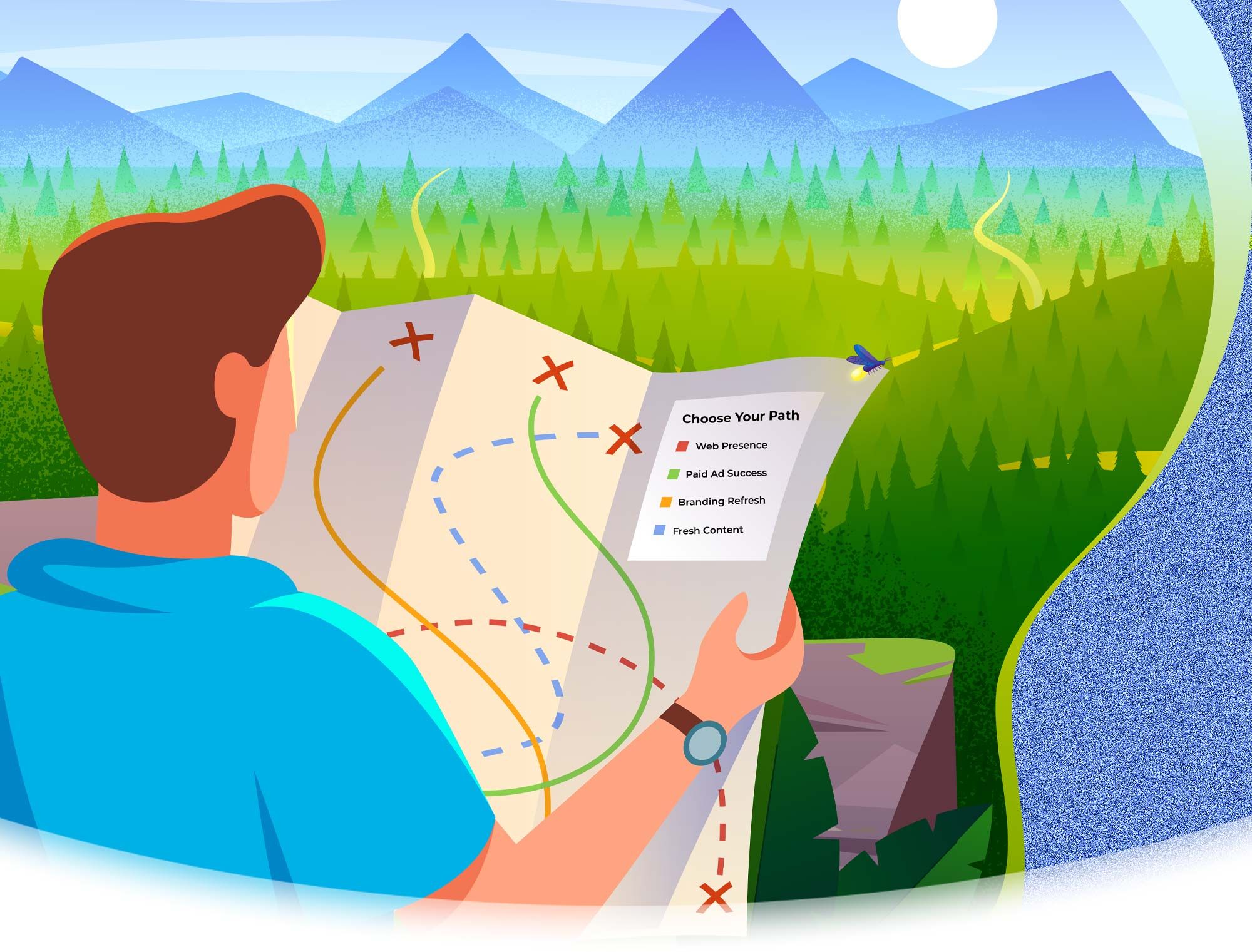5 Tips To Create A Winning Content Marketing Strategy In 2016
Content marketing has brought about rapid change in the way brands engage consumers. Before laying the groundwork for a successful campaign, it’s important to understand what content marketing is all about. In recent years, media saturation has diminished the impact of traditional marketing, and content marketing has proven itself as a valuable avenue for reaching potential clients.
What exactly is content marketing? The smart marketers at the Content Marketing Institute define it as such.
“Content marketing is a strategic marketing approach focused on creating and distributing valuable, relevant, and consistent content to attract and retain a clearly-defined audience — and, ultimately, to drive profitable customer action.”
SEE ALSO: Why Is Having Appealing Content On Your Website So Important For Integrators
The typical customer journey has radically changed in the digital age. Consumers are taking matters into their own hands and seeking out information on the products and services they wish to buy.
- The average buyer guides themselves through 60% to 90% of the traditional sales funnel before ever contacting a brand or salesperson
- 81% of shoppers research online before setting foot in a store
- Consumers spend an average of 79 days conducting online research before buying
Content marketing is the astute marketer’s response to the relationship-based, buyer-driven, digital marketplace. Here we lay out five tips to create a winning content marketing strategy for 2016.
1. Set S.M.A.R.T content marketing goals, aligned with your business goals
What are you trying to accomplish? Every piece of content created should serve a clear purpose that contributes to your overall marketing efforts.
Some common objectives to consider include:
- Increase brand awareness in key markets or verticals
- Drive referral traffic to your website
- Increase signups
- Drive readers to a lead-generation landing page
Once you’ve devised a set of content marketing goals, break each one down into manageable bite-size pieces or steps you’ll need to take to achieve the desired outcome.
2. Know Your Target Audience
Before you are able to develop a specific type of content, first you’ll need to establish a target audience and create a profile or specific buyer persona that will guide your content creation moving forward. Gather as much detail about your audience as possible.
- What are their characteristics and interests?
- Where online does my target audience congregate?
- What types of content do they consume and share?
- How best can I reach my target audience?
These types of questions need to be answered before you start creating content.
3. Determine Content Types that Suit Your Goals
Based on the goals you’ve established and the target audiences you wish to engage, now is the time to lay out the types of content that will aid in reaching both. A well thought out content marketing strategy will include a variety of content types. From blog posts and Ebooks to whitepapers and infographics, there is no shortage of available avenues to reach your audience.
If your goal is to drive traffic to your website, focus on creating content that’s easy to find with strong ties to your industry or business.
Useful content types include:
- Targeted Facebook ads
- Optimized blog content
- Email newsletters
Identify the types of content that best suit your business’ strengths and available resources, and make those your focus.
4. Create an Execution Plan
Now that you have created your content marketing goals, identified your target audience, and determined the various types of content that will support both, it is time to formulate an execution plan. This step-by-step road map should depict how an idea becomes a finished product. This plan not only adds stability to your content marketing efforts, but also ensures that you can track the progress of every piece of content.
A content marketing execution plan should include:
- A schedule detailing how often each piece of content will occur. Do you require two blog posts per week? One webinar per month? Build a schedule and share it with every team member involved in content marketing.
- The creation of content will need to be assigned to writers, copy editors, designers, or videographers. You may also have a project lead managing the various steps along the path to final approval. Regardless of the structure, each person should know where they fit into the process and what their responsibilities are for a given content project.
5. Design a Promotion Process
Your team has crafted great content; now you have to promote it. What avenues will you use for maximum reach and impact? A content promotion process ensures that your efforts spent creating content are maximized and should include where to promote it, for how long, and how much money to spend on the promotion.
The most important question when it comes to content promotion is the ‘where.’ In order to drive awareness about it and traffic to it, you’ll need to promote your content across a variety of channels.
Types of content promotion channels include:
- Social media platforms
- Email marketing
- Search or display ads
Before discrediting any of the promotion methods, test each one to see what works for your content and audience.
As content marketing continues to establish itself as a powerful tool, more time and money will be spent to create shareable articles, videos, graphics, and interactive media. Have a question about content marketing? Leave a comment below.

